Susan Rempe walks a winding road with eyes set squarely on the mountain.
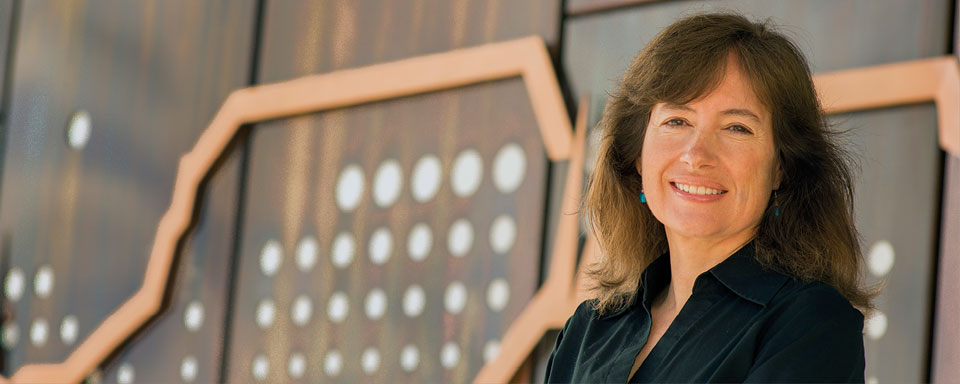
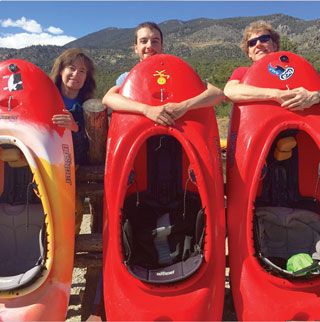
Yogi Berra once said, “You’ve got to be very careful if you don’t know where you’re going, because you might not get there.” Susan Rempe loves the quote because her path in work and life has been anything but direct.
“Even if you take the circuitous route, it can be valuable and rewarding,” says Rempe, a theoretical chemist and computational biophysicist who joined Sandia Labs in 2001. “But know which mountain you will go after.” Spoken like a true outdoorswoman, which Rempe is.
Growing up in Montana, Rempe considered lots of options, from writing to being a physician, veterinarian or astronaut. She was serious about music. “I was curious about all kinds of things,” she says. But science was her strength. As a high school senior, she used ultraviolet spectroscopy to assess the water quality in Flathead Lake near her home. She graduated first in her class of about 500 students.
Rempe majored in pre-medical sciences with concentrations in history and German literature at Columbia University in New York City, but ruled out medicine when she had to assist in brain surgery on a dog with no preparation. “It worked out fine, but the stakes were too high,” she says. “It helped me decide what I didn’t want to do.”
All her questions explained
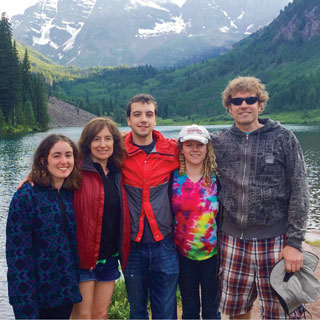
Rempe married and started a family, and she and her husband returned to Montana. She went back to school and earned a bachelor’s degree in chemistry from the University of Montana and a master’s and doctorate in physical chemistry from the University of Washington. “Physical chemistry explained all my questions in the world,” she says.
She planned to become a high school chemistry teacher until she ran into Sandia’s Jim Martin, who was recruiting at Washington. “He told me Sandia is about science and solving fundamental problems, and about national security,” she says. “I could do what I wanted science-wise. He said I could find colleagues with any expertise I needed. It sounded like a place I would like to work.”
Rempe’s field is molecular modeling, and she has led three major Laboratory Directed Research and Development (LDRD) projects at Sandia. One is a technology developed in partnership with the University of New Mexico (UNM) that helps regulate carbon dioxide emissions from electricity-generating plants and other industrial activities. Her team’s nano-stabilized enzymatic membranes for CO2 capture provide a simpler, more energy-efficient approach than conventional methods. The recently patented CO2 Memzyme won a national Federal Laboratory Consortium (FLC) award and two awards at the 2015 R&D 100 ceremony, including the Gold Award for green technology.
Rempe also led the development of biomimetic membranes, a revolutionary advance in the field of membrane technology for water filtration. The biomimetic membrane is inspired by the way the human body filters water and is designed for water purification using reverse osmosis, which removes impurities with applied pressure powered by electrical energy. The technology, also developed with UNM, received R&D 100 and FLC awards.
And she has worked with the MD Anderson Cancer Center in Houston on a problem involving an enzyme used to treat childhood leukemia that causes serious side effects. Rempe’s team showed how to potentially control the side effects by eliminating a side-reaction catalyzed by the enzyme. She and her colleagues are studying ways to use the enzyme in different cancer treatments.
Rempe has published extensively in scientific journals and was invited for the prestigious Wilsmore Fellowship at the University of Melbourne, Australia. She is an adjunct professor of biology and research professor in chemical and biological engineering at UNM and has spoken internationally at scientific meetings including Gordon conferences and Telluride Science Research Center workshops.
A career mainstay
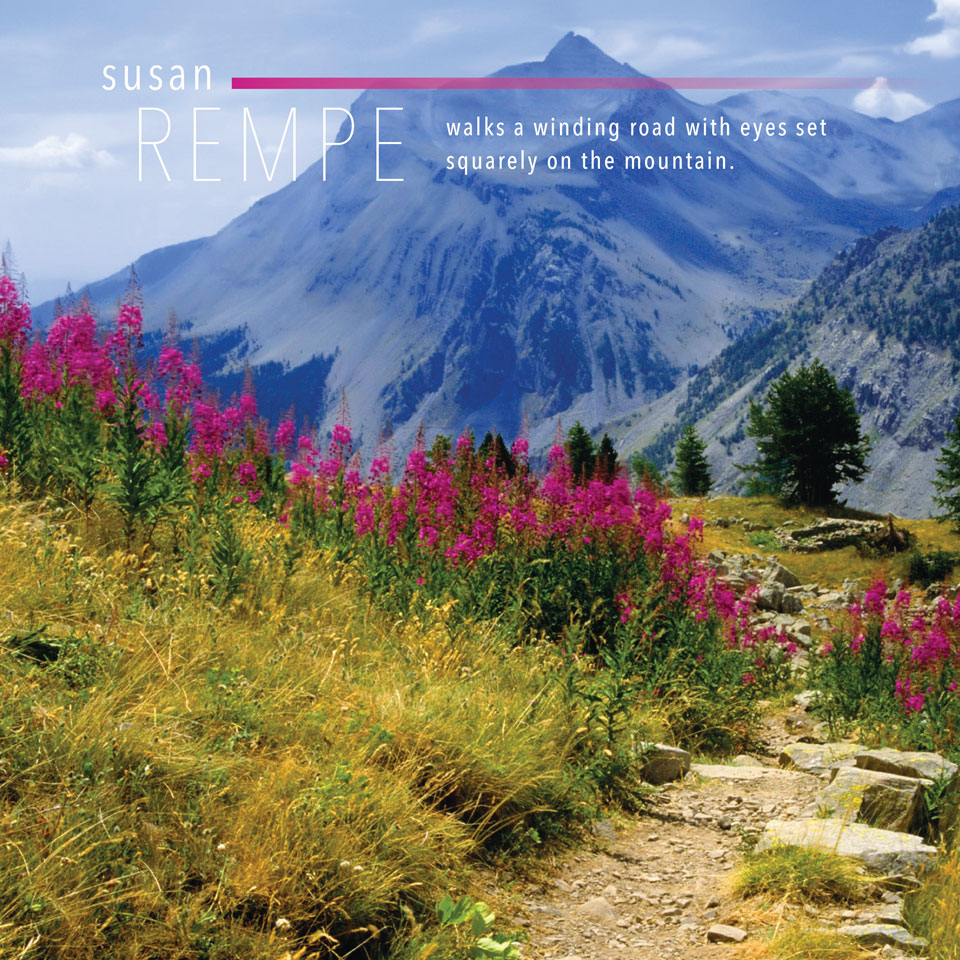
Funding from the LDRD program was critical to Rempe early in her career as she pursued research into biomimetic membranes. Later, an LDRD-funded project led her to the MD Anderson collaboration. And recently LDRD funding has allowed her to further expand research into anti-microbial compounds in collaboration with the University of Illinois at Urbana-Champaign. “LDRD has been a mainstay of my scientific career,” she says. “I don’t know that I could have accomplished what I have without it.”
Ever the Montanan, Rempe is drawn to mountains and rivers, where she and her husband and four kids do white-water kayaking and back-country telemark skiing. In quieter moments, Rempe is an accomplished pianist who has performed with the Symphony Orchestra of Albuquerque.
Rempe returns to Yogi Berra often for inspiration. Another beloved quote is, “When you come to a fork in the road, take it.” And then there’s, “It ain’t over till it ’s over.” Or don’t call it quits until you’re done. “For me, there are lots and lots of ideas for advancing my research and lots of important projects still to pursue,” she says. “I keep moving forward and I enjoy the journey.”
Carbon dioxide
Carbon dioxide (CO2) has gained notoriety as a greenhouse gas that traps heat and warms the Earth when it hits the atmosphere. It makes up 80 percent of all human-caused greenhouse gases and is a long-lived molecule. In the atmosphere, CO2 can exert its warming effect for centuries, far longer than a greenhouse gas like methane, which decays within 10 years. Warming of the Earth is linked to climate change, and the Pentagon has designated climate change a threat to national security. Governments around the world have pledged to reduce CO2 emissions to counter the threat.
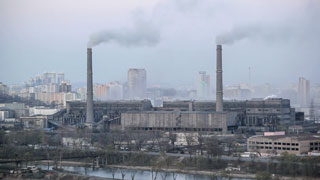
Electricity generated by power plants that burn fossil fuels like coal or natural gas accounts for almost half the CO2 emitted in the U.S. Despite investments in renewable and low-carbon fuels for electricity, domestic and global CO2 emissions are expected to increase over the next quarter century. Other ways to reduce and reuse CO2 include planting trees, but the scope is overwhelming. Each coal-fired power plant emits about 3 million tons of CO2 yearly. Planting 63 million trees and letting them grow for 10 years could achieve the annual emission target of 90 percent reduction set by the Department of Energy — for a single power plant over a single year.
Susan Rempe and colleagues at Sandia and the University of New Mexico have developed an advanced membrane, called the CO2 Memzyme, that shows promise as a cost-effective and environmentally friendly way to capture and separate CO2 molecules from emitted gases. The CO2 Memzyme could play a critical role in the capture and purification of CO2 for industrial reuse.